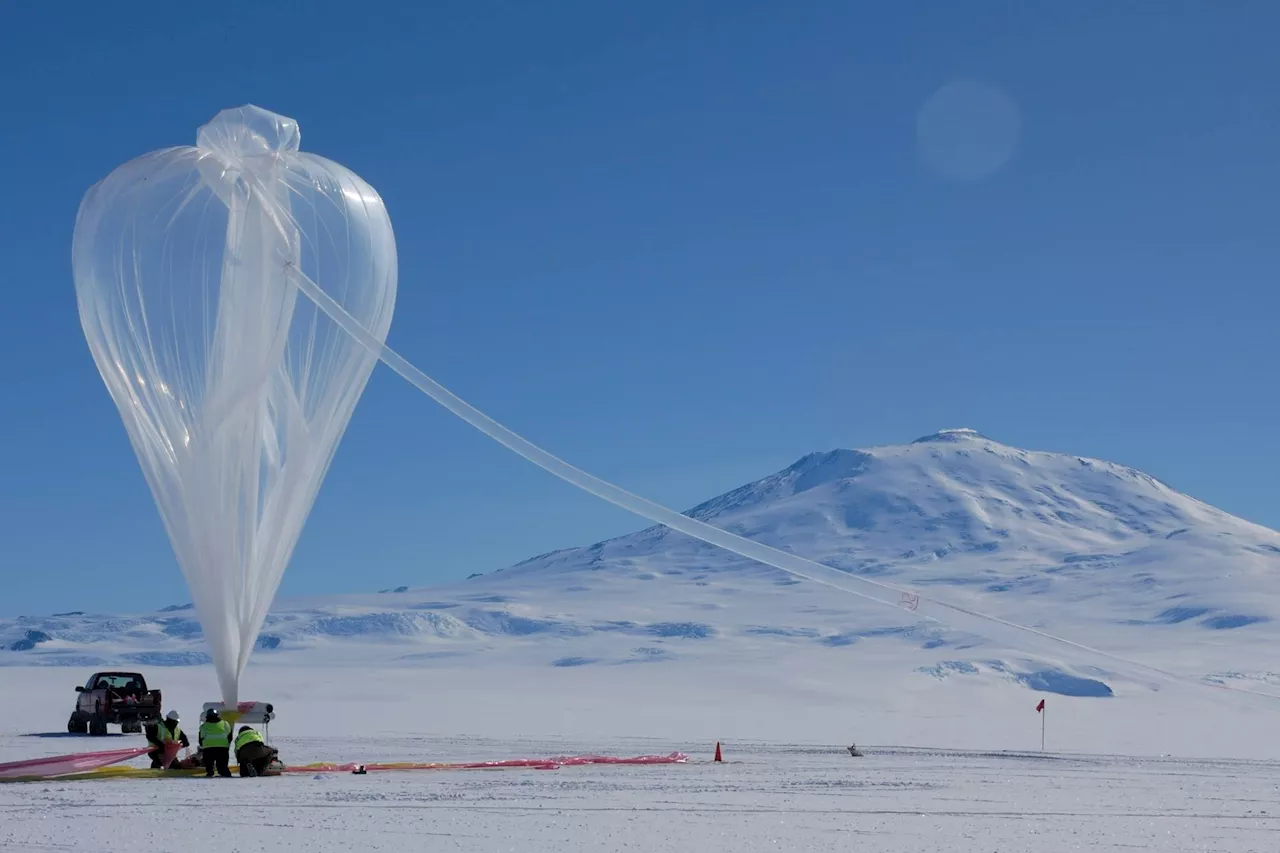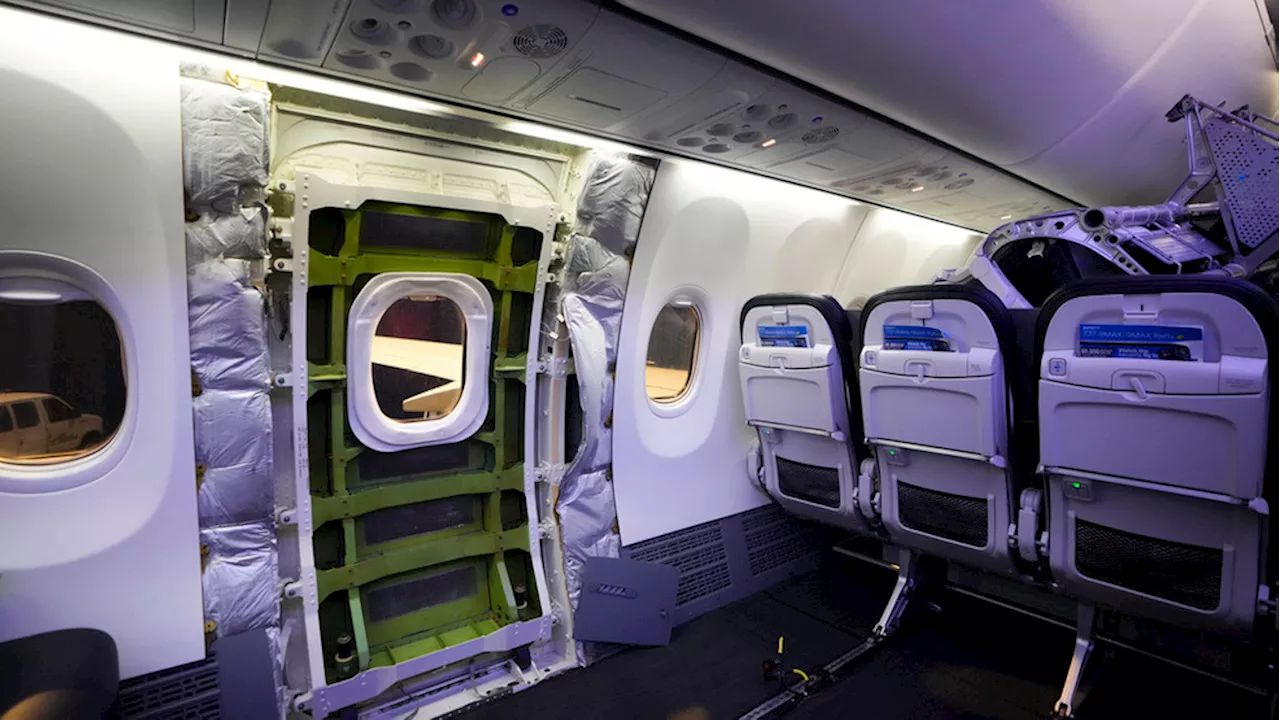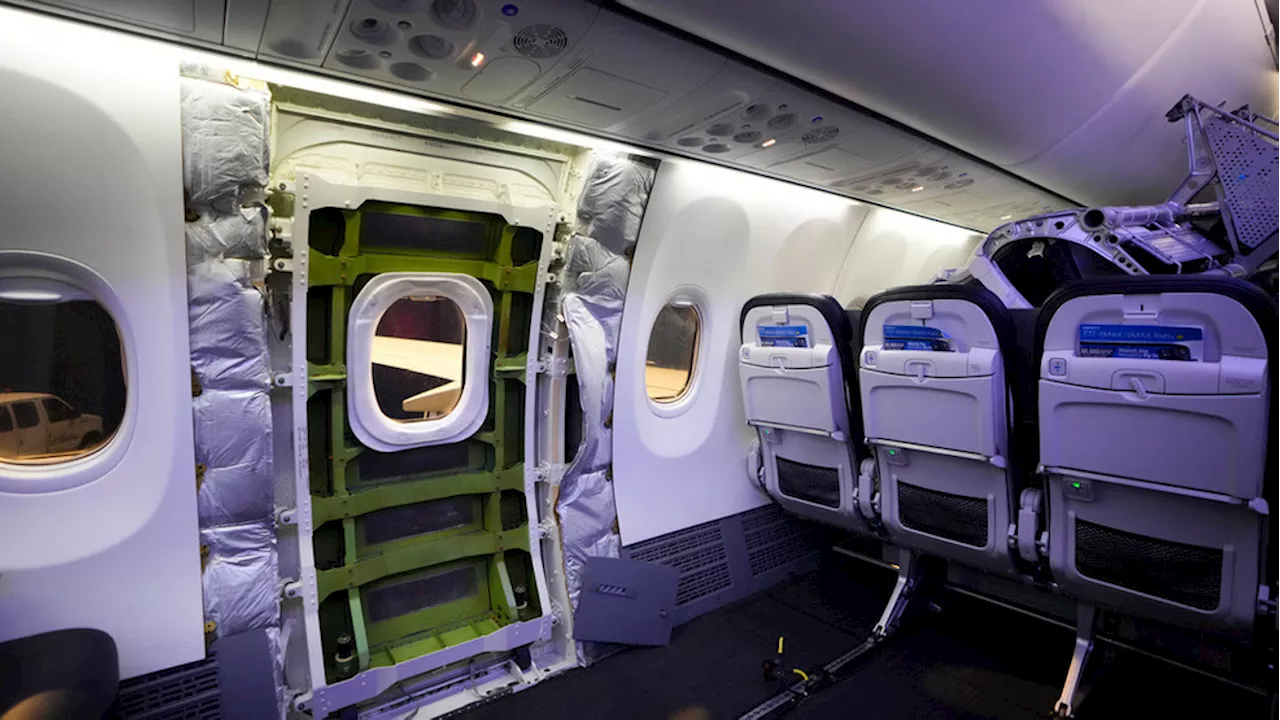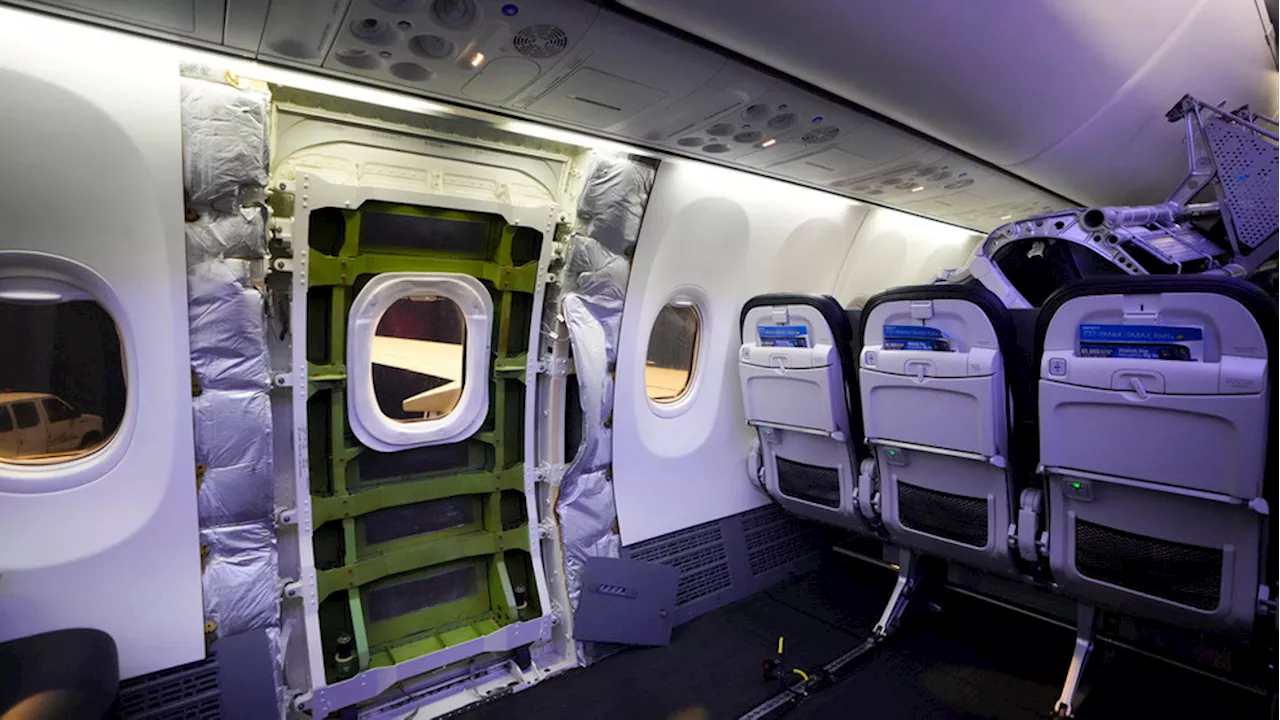Boeing is proposing a balloon mission to Titan, Saturn's largest moon, to study its atmosphere and surface. The mission would use a large balloon filled with helium to float above Titan's surface for several years.
Few places in the solar system are better suited to a balloon than Titan. The combination of low gravity and high atmospheric density makes Saturn ’s largest moon ideal for a lighter than “air” vehicle, and the idea to put one there has been around for at least two decades. So why haven’t we yet? The simple answer is the size of the necessary balloon is too large for the existing launch platforms.
But a team from Boeing, the prime contractor on the Space Launch System (SLS), believes their new launch platform will be capable of getting a large balloon into orbit, along with its necessary scientific payload – and start unlocking the mysteries of this intriguing moon. We’ve reported various balloon missions to Titan, including some that would “walk,” but Boeing’s design is more akin to a traditional blimp. It would have a balloon filled with helium and two ballast tanks that, combined with a cruciform tail, would allow the balloon to control its roll, pitch, and yaw. The balloon would intake local atmospheric gases to descend or expel them to rise to control its altitude. The Boeing engineers offered two different altitude configurations: a 150m3 balloon for a 5km altitude or a 400m3 balloon for a 20km altitude orbit. When compressed, both balloon sizes can fit into an SLS payload fairing. The gondola is where the real magic happens, and the paper the authors released was scant on details of what precisely this science would be. They mention various tools, including RADAR and LIDAR systems to scan the surface of Titan and, in particular, keep track of any changes from geological activity. There could also be atmospheric sensors that could detect whether there were any organic molecules in the area that would give an indication of what kind of liquid methane cycle there is, if any. Another important point about the mission design is that it would last a long time—the team expects such a balloon to last in Titan’s atmosphere for years. During that time, it would be able to notice long-term trends, like seasonal variability, and possibly why the night side of Titan appears to be warmer than the day side. The mission was designed for a launch in the 2034-2036 time frame, with several different windows of opportunity during those years that would take advantage of a lower delta-v requirement to get to the Saturnian system. However, the SLS has had its own difficulties that could delay that timeline. While it has launched once, in 2022, its second launch is not planned until 2026 – almost four years later. It is also not reusable, and given the requirements it has to meet NASA’s demand for Artemis launches to the Moon, it is unlikely that any additional SLS launches will be available in that time frame. That’s not to mention the cost, which is estimated at $2.5bn per launch at the time of writing. While that might eventually come down in price, it still has to compete with Starship, which has a higher launch capacity and has flown four times since the SLS took its first trip to the sky over two years ago. Dragonfly, NASA’s helicopter mission to Titan, is already using a Falcon Heavy to launch in 2028. While the Falcon Heavy doesn’t have as much payload capacity as the SLS, it could still potentially get a smaller version of the same mission to Titan. Ultimately, as access to space gets cheaper, and there are more and more launch platforms capable of sending a balloon to this unique world, someday, a mission will likely be approved – it remains to be seen how it will get there
TITAN SATURN BALLOON SCIENCE MISSION BOEING SPACE LAUNCH SYSTEM (SLS)
United States Latest News, United States Headlines
Similar News:You can also read news stories similar to this one that we have collected from other news sources.
 'Attack on Titan: The Last Attack' Theatrical Release Dates RevealedArmin attaches himself to the Colossal Titan in Attack on Titan
'Attack on Titan: The Last Attack' Theatrical Release Dates RevealedArmin attaches himself to the Colossal Titan in Attack on Titan
Read more »
 Jeju Air Boeing 737 Crash: South Korea Orders Inspection of All Boeing 737-800sAll but two of the 181 passengers on board a Jeju Air Boeing 737-800 died Sunday after the aircraft crashed at Muan International Airport in South Korea. Boeing shares dropped following the incident. The South Korean transportation ministry will investigate the crash and conduct a full inspection of all Boeing 737-800 aircraft in the country.
Jeju Air Boeing 737 Crash: South Korea Orders Inspection of All Boeing 737-800sAll but two of the 181 passengers on board a Jeju Air Boeing 737-800 died Sunday after the aircraft crashed at Muan International Airport in South Korea. Boeing shares dropped following the incident. The South Korean transportation ministry will investigate the crash and conduct a full inspection of all Boeing 737-800 aircraft in the country.
Read more »
 NASA Scientific Balloon Flights to Lift Off From AntarcticaNASA’s Scientific Balloon Program has returned to Antarctica’s icy expanse to kick off the annual Antarctic Long-Duration Balloon Campaign, where two balloon
NASA Scientific Balloon Flights to Lift Off From AntarcticaNASA’s Scientific Balloon Program has returned to Antarctica’s icy expanse to kick off the annual Antarctic Long-Duration Balloon Campaign, where two balloon
Read more »
 Boeing 737 Max Incident Sparks Safety ConcernsA recent incident involving a Boeing 737 Max 9 aircraft has reignited concerns about the safety and quality standards of Boeing airplanes. While Boeing maintains the planes are safe, some travelers remain apprehensive. The FAA has previously grounded other Boeing models due to safety issues, prompting Boeing to implement various improvements to enhance safety and quality. Despite the incident, many travelers continue to fly with Boeing.
Boeing 737 Max Incident Sparks Safety ConcernsA recent incident involving a Boeing 737 Max 9 aircraft has reignited concerns about the safety and quality standards of Boeing airplanes. While Boeing maintains the planes are safe, some travelers remain apprehensive. The FAA has previously grounded other Boeing models due to safety issues, prompting Boeing to implement various improvements to enhance safety and quality. Despite the incident, many travelers continue to fly with Boeing.
Read more »
 Boeing 737 Max Passenger Recalls Terrifying Door IssueA recent incident involving a door plug issue on a Boeing 737 Max aircraft sparked fear among passengers and renewed scrutiny on Boeing's safety standards. Despite the incident, Boeing maintains its planes are safe, while some travelers express continued apprehension. The FAA has previously grounded Boeing aircraft due to safety concerns, leading to improvements by Boeing, including enhanced safety culture, workforce training, and increased inspections. Travelers offer mixed opinions on Boeing's response and the overall safety of flying its aircraft.
Boeing 737 Max Passenger Recalls Terrifying Door IssueA recent incident involving a door plug issue on a Boeing 737 Max aircraft sparked fear among passengers and renewed scrutiny on Boeing's safety standards. Despite the incident, Boeing maintains its planes are safe, while some travelers express continued apprehension. The FAA has previously grounded Boeing aircraft due to safety concerns, leading to improvements by Boeing, including enhanced safety culture, workforce training, and increased inspections. Travelers offer mixed opinions on Boeing's response and the overall safety of flying its aircraft.
Read more »
 Boeing 737 Max 9 Incident Sparks Safety ConcernsA recent incident involving a Boeing 737 Max 9 aircraft, prompting passenger unease and renewed scrutiny of Boeing's safety standards. While Boeing maintains the safety of its planes, some travelers express lingering anxieties. The FAA has previously grounded various Boeing aircraft models due to safety concerns, leading to Boeing implementing improvements in safety culture, training, and manufacturing processes. Despite the incident, confidence in Boeing's safety measures persists among some travelers.
Boeing 737 Max 9 Incident Sparks Safety ConcernsA recent incident involving a Boeing 737 Max 9 aircraft, prompting passenger unease and renewed scrutiny of Boeing's safety standards. While Boeing maintains the safety of its planes, some travelers express lingering anxieties. The FAA has previously grounded various Boeing aircraft models due to safety concerns, leading to Boeing implementing improvements in safety culture, training, and manufacturing processes. Despite the incident, confidence in Boeing's safety measures persists among some travelers.
Read more »
